Fully Functional Sokojikara Natsukashii Handmade Samurai Sword
- Get in touch your swordcraft roots – sublime 21st century example of ancient Japanese sword with origins around 800 A.D.
- Full tang 28 3/8″ 1060 high carbon steel blade – expertly hand forged by seasoned swordsmiths using advanced techniques honed over centuries
- Centuries-old clay tempering process yields tough, impact-absorbing blade spine/body and history’s sharpest edge; also produces natural hamon line
- Museum quality hand craftsmanship, but this is no mere museum piece – blade boasts serious, real-world cutting clout; sleek, gracefully curved profile mirrors that of katana’s
- Flawlessly cast tsuba, kashira, fuchi, menuki accented with delicate, beautiful reliefs; hardwood tsuka wrapped in traditional braided ito that extends beyond tsuka onto saya
- Hand-lacquered saya every bit as impressive as the sword it protects – traditional genuine leather cavalry hanging hardware, a.k.a. “ashi” and “obi tori”; cast medallions, insignia accents; elaborate
- Overall length: 41″ – ultimate traditional Japanese samurai sword; unstoppable in battle yet not too large to impede movement
A savvy, still dynamic senior in the old clan of Japanese swordcraft
Sokojikara’s “Natsukashii” Tachi reinvigorates an old Japanese sword that originates before the amazing katana by hundreds of years. However semi-secret external specialty blade lover circles, the “tachi” is one of Japan’s extraordinary familial swords – a crucial establishment stone on which Japan’s unmatched swordcraft custom is constructed, and an immediate ancestor to its determinedly more renowned relative, the katana.
Be that as it may, no doubt about it – the tachi is no simple “katana model,” and the Natsukashii is no special case. Like all tachi, the Natsukashii flaunts structure and capability all its own – particular arrangements, an exceptional look and believe and genuine battle capacity that stays up with and frequently outperforms that of any katana.
It ought to shock no one – all things considered, the senior tachi was killing enemies in large numbers and showing what itself can do on the combat zone hundreds of years before the first katana was even a gleam in a swordsmith’s expression. Also, however its profile, aspects and style are to a great extent dedicated to history, the Natsukashii isn’t distracted with sentimentality.
As a matter of some importance, the Natsukashii is a competent current blade worked to fulfill the special prerequisites of the present serious fighter. Underneath the intricate, generally motivated enhancements is a wild, true weapon that can face any of the present ultramodern strategic swords. This deft mixing of old and new makes the Natsukashii exceptionally proficient – genuinely the smartest possible scenario. A perfect representation: the sharp edge, which is made a cutting edge current steel composite that is supported and upgraded by means of an old treating method.
How’s it hanging? Handmade Samurai Sword
While both the katana and tachi were conveyed by samurai and different individuals from Japan’s antiquated honorable and champion classes, how the two familial swords were conveyed (while sheathed) is maybe their most unmistakable qualification. Though the katana was customarily conveyed with state of the art looking up – ordinarily slipped inside a belt; aristocrats and heroes bore the tachi “mounted force style” – dangling from the belt, edge confronting.
It might appear to be a minor qualification, however it had a significant effect to mounted samurai. The Natsukashii’s hand lacquered, emblem studded hardwood saya holds the customary “ashi,” or “holders,” that associate the saya/sword outfit to the carrier’s belt. The ashi are made from attractive veritable cowhide, emphasized with cleaned metal badge and interlaced string. Restricting the calfskin ashi to the saya are two similarly amazing “obi-tori,” cast metal groups enlivened with sensitive, magnificently point by point reliefs.
Rich twisted ito encloses the saya underneath the hanging equipment, broadening consistently past the resplendent cast metal crane tsuba and onto the tsuka, when the Natsukashii is sheathed. Of course, the tsuka is decked out in similarly noteworthy features – veritable beam skin same, dazzlingly decorated fuchi and kashira, complex cast menuki and conventional bamboo mekugi, to give some examples.
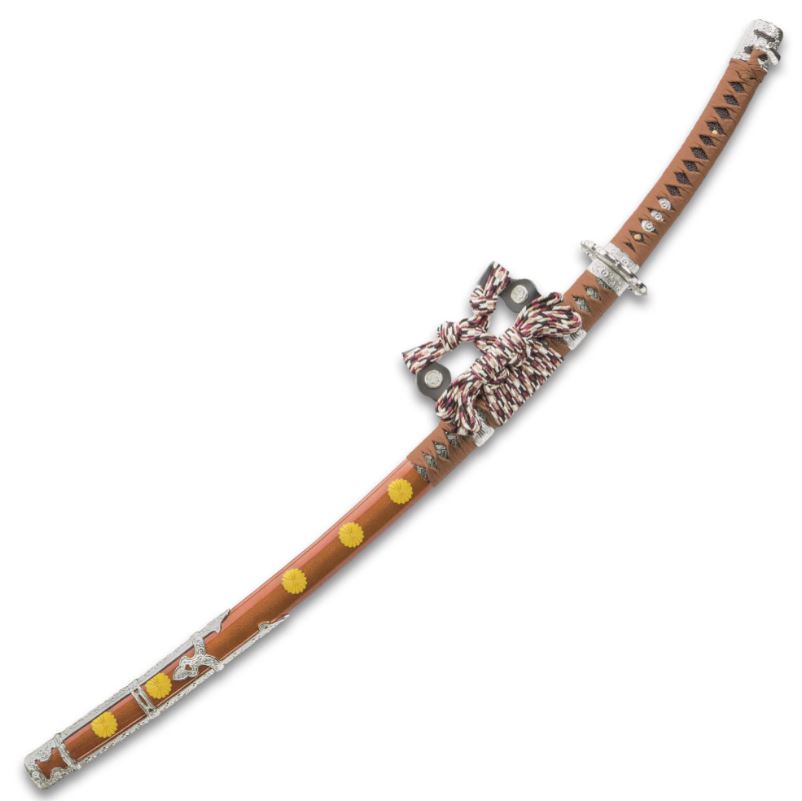
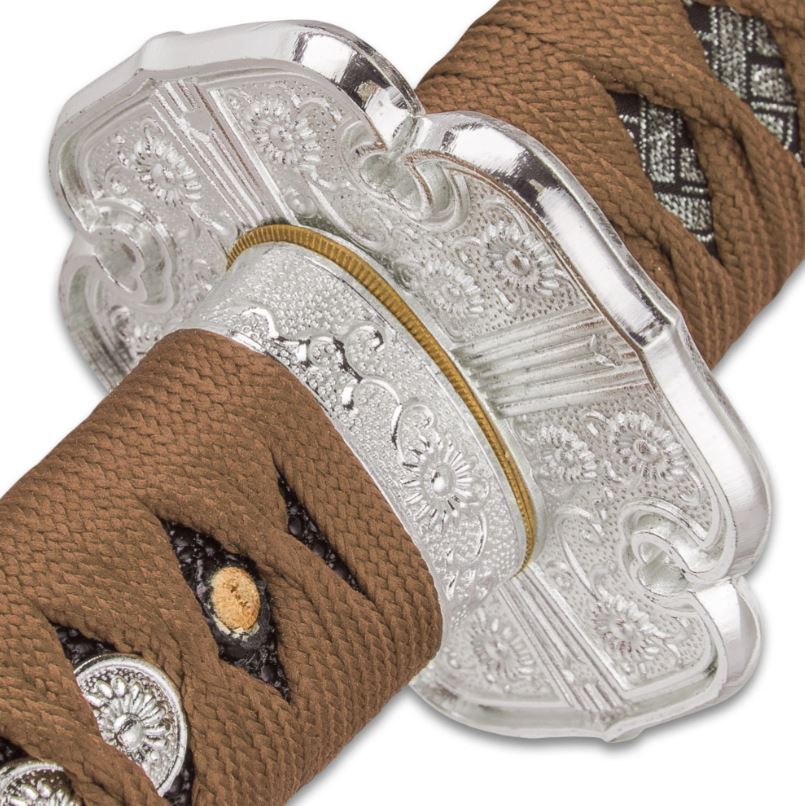
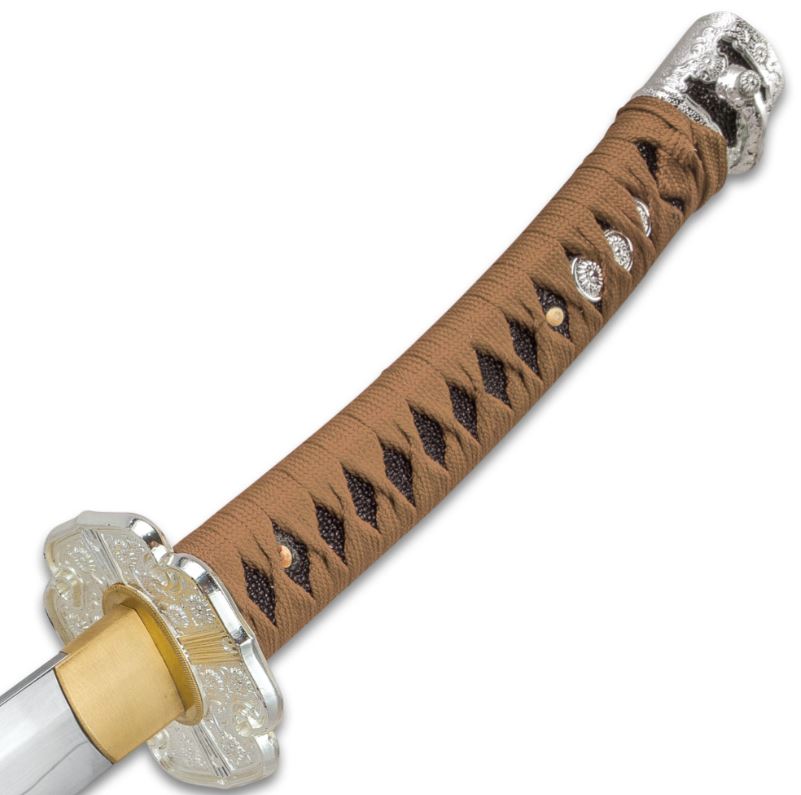

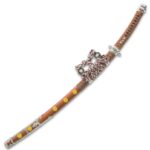
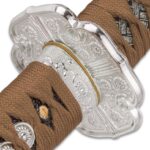
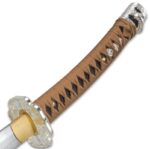
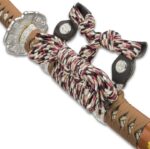
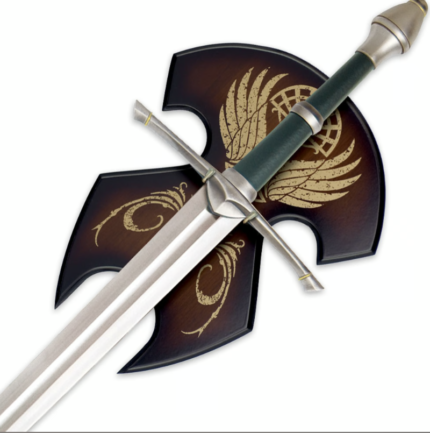
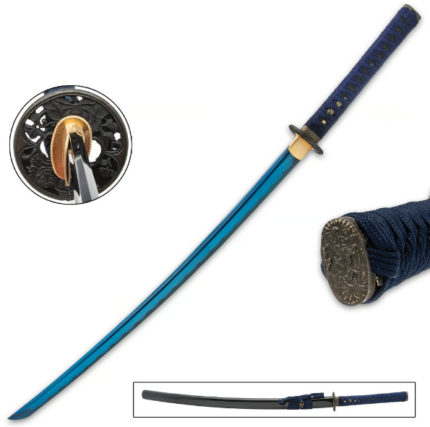
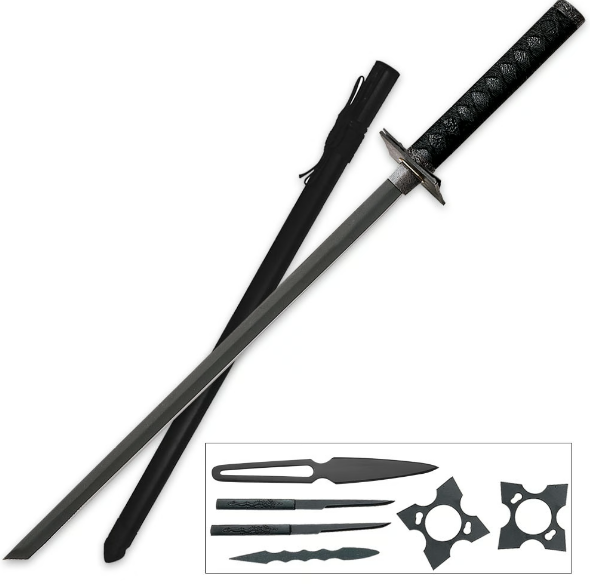
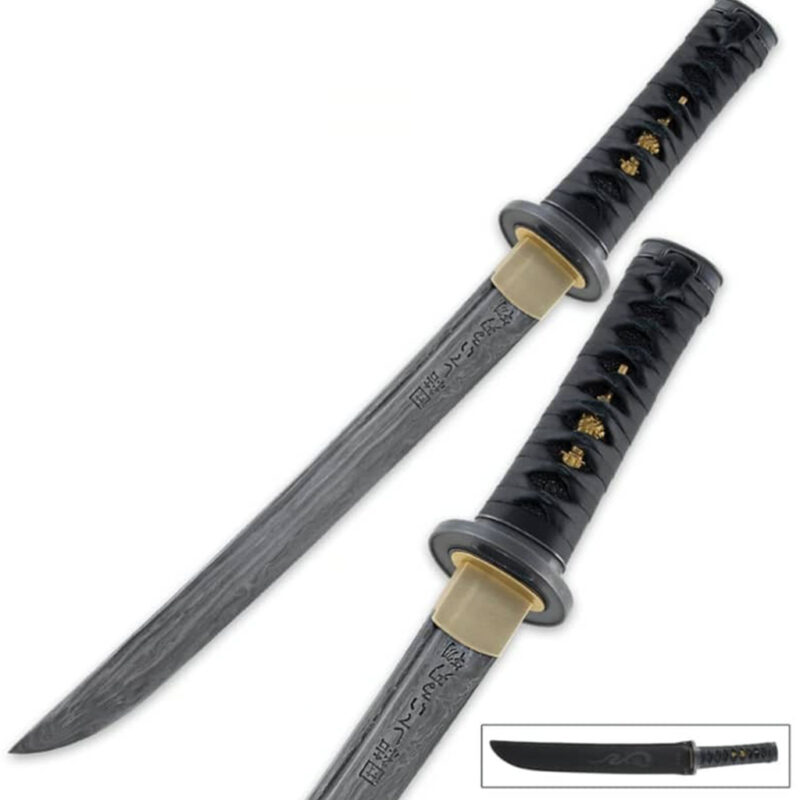

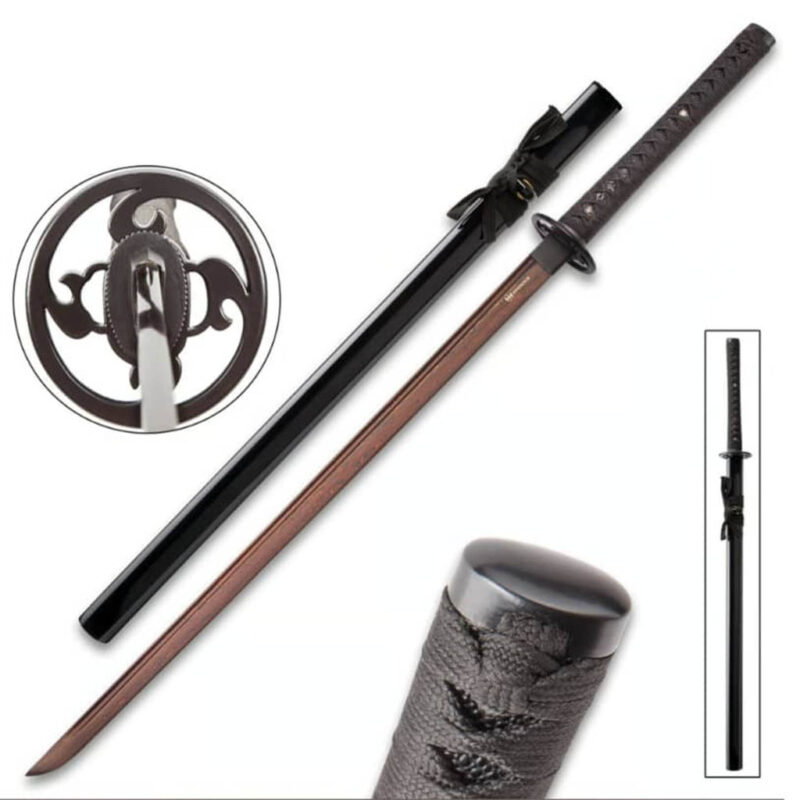

Carly Fleming –
Anonymous –
Support helped me pick the right model, and it’s flawless.
admin –
Good quality.